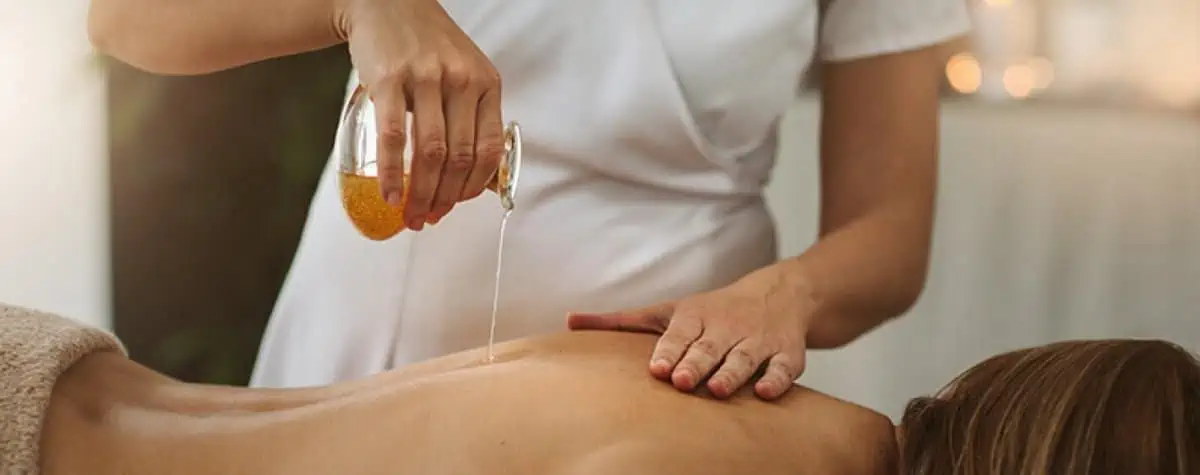It’s 2023, we are almost three years into COVID and the self-care phenomenon is all too familiar. You’ve bubble-bathed until your toes looked like raisins. You’ve wine-nighted until your lips turned purple. You’ve knitted until your fingers calloused and wrists creaked.
But have you tried ayurvedic massage? Hear me out. Because this is not another “get-relaxed-quick” scheme. It’s far from new-age and the only reason it’s getting trendy is because it actually works.
Ayurveda is the most ancient system of organized medicine known to man. It is at least 5,000 years old and has its roots in – you guessed it- India. This holistic healing system consists of a variety of tools and practices to be incorporated into your daily life.
Ayurvedic massage combines this ancient science of life and healing with pressure points. It is designed to balance the mind, body, and spirit by using herbal oils and specific massage strokes.
If you need relief from…
- Chronic stress and tension
- Pain
- Fatigue
- Headaches
- Poor circulation
- Muscular tightness
- Insomnia
- Emotional blockages
ayurvedic massage might be a wonderfully transformative practice to introduce into your life. These massages are targeted to alleviate stress, release emotional blockages, and enhance relaxation.
In this article, we will cover the types of ayurvedic massages, the benefits of ayurvedic massages, ayurvedic doshas, and general tips for incorporating Ayurveda into your life.
Contents
What Makes a Massage an Ayurvedic Massage?
Ayurvedic Oils
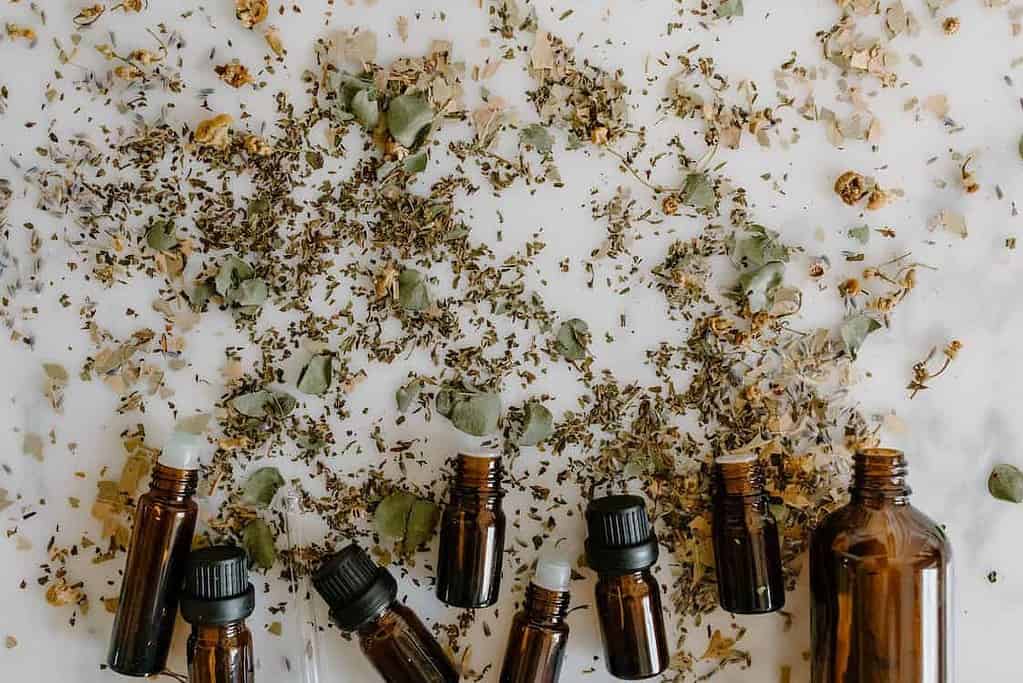
Oils are emphasized so much in ayurvedic massages that sometimes they are simply referred to as an oil massage. Oils are infused with Ayurvedic herbs, to create organic herbal oils. These herbal oils promote relaxation and detoxification in the body.
Specific oils are chosen depending on the targeted outcome. For example, oils such as verbena, rose, tea tree, and ginger can help improve focus, memory, and concentration. If you wish to reduce inflammation or fight illness, then you may use chamomile, cedar, or pine oils.
The temperature of the oil depends on the client’s dosha (more on doshas later). The combination of temperature and strokes allows the cool or warm oil to penetrate the skin and have a deep therapeutic effect on the body.
Energetic Properties
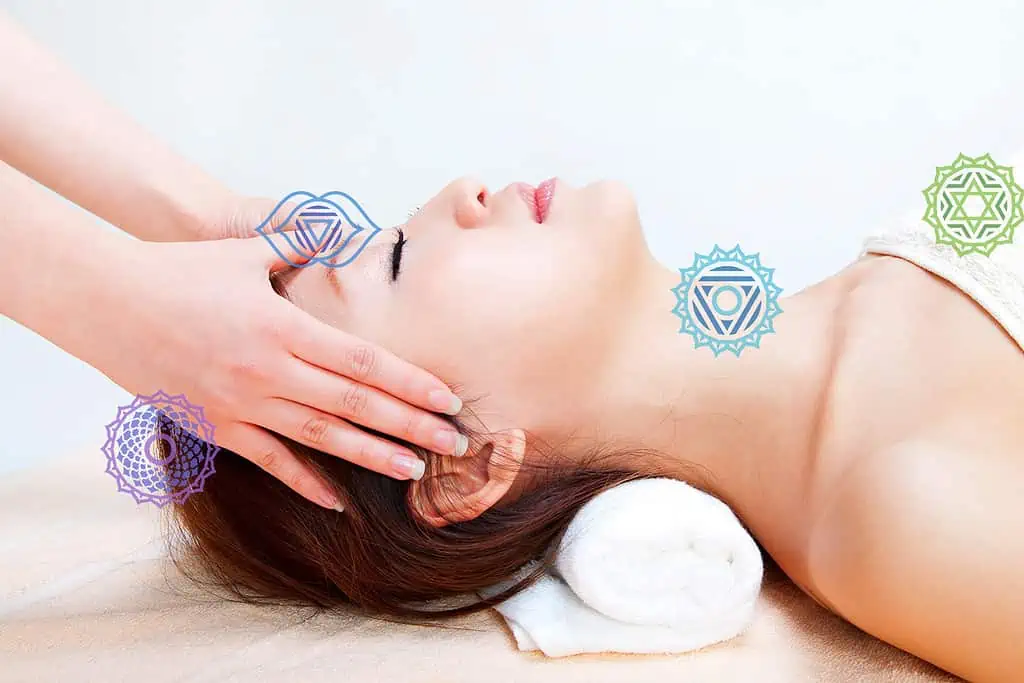
Another important element of ayurvedic massage therapy is the energy and intention of the practitioner. Be careful to choose a massage therapist who is a certified Ayurvedic practitioner as well. Unlike other types of massage treatment that are solely focused on the physical body, ayurvedic massage focuses on the spiritual and energetic body as well.
The Ayurvedic therapist should focus on releasing emotional blockages by opening the energy channels in the body. They do this by moving and clearing toxins and balancing the body’s energy centers, or chakras.
Movements and Strokes
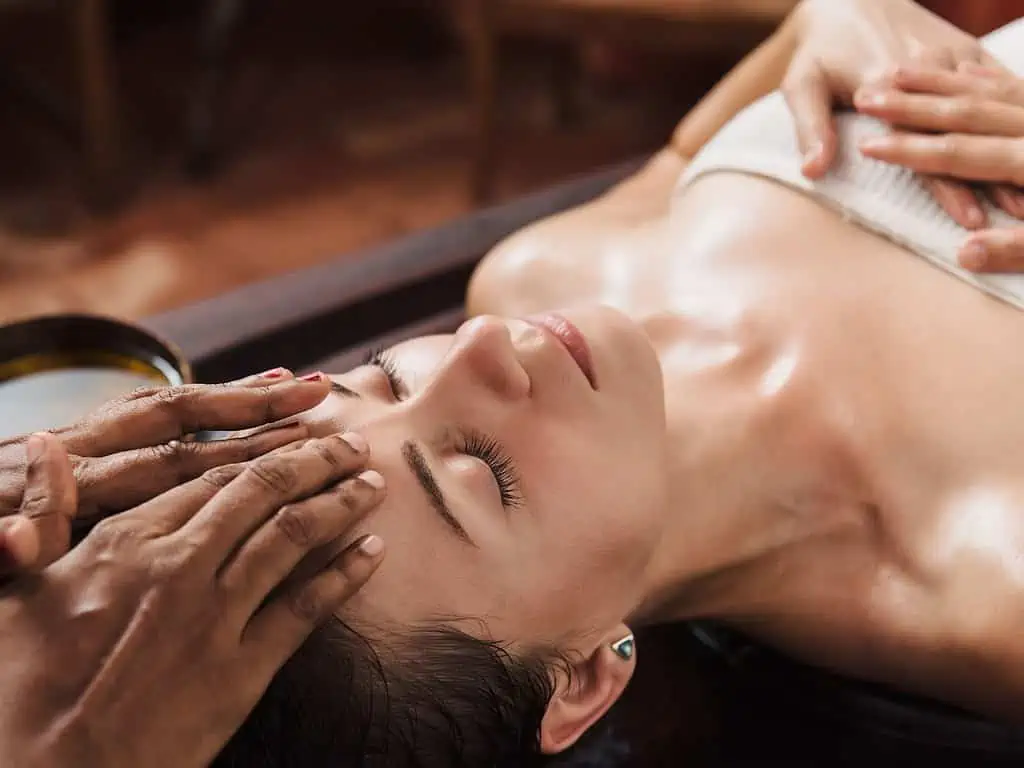
The massage techniques typical in an ayurvedic massage include tapping, kneading, and squeezing. Style, flow, and pressure are determined by the client’s needs and preferences. Overall, the movements are meant to improve circulation, clear energy blockages, and increase lymphatic drainage. These strokes are non-traditional age-old practices.
Types of Ayurvedic Massage
Abhyanga (abee-yan-ga)
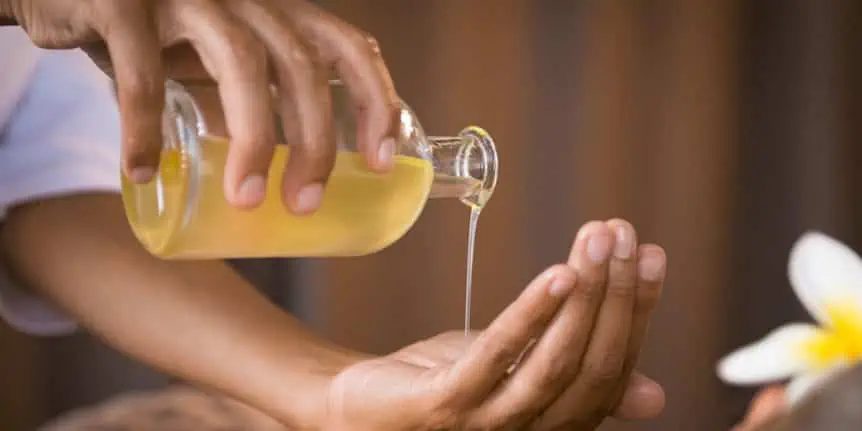
This is one of the most traditional Ayurvedic therapies. Abhyanga massage uses friction-based strokes in combination with herbal oils chosen specifically for the client’s dosha and targeted needs. The combination of the friction and the oil allows the oil to penetrate deep into the skin and loosen toxins within the tissue. Abhyanga is beneficial for:
- promoting good circulation
- boosting immune system
- deep relaxation
Gandharva (gaan-darva)
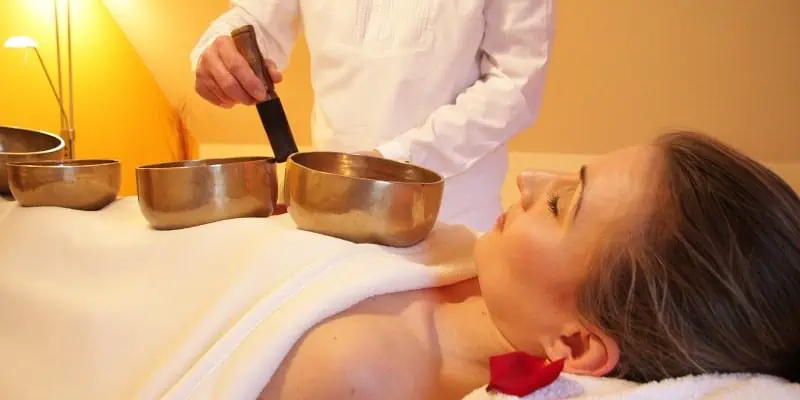
In addition to the traditional ayurvedic treatments of touch and oil, gandharva also incorporates sound therapy. The massage therapist uses crystal singing bowls that vibrate and transform the body’s cells. Gandharva is beneficial for:
- promoting vitality
- creating a sense of bliss
Marma Massage
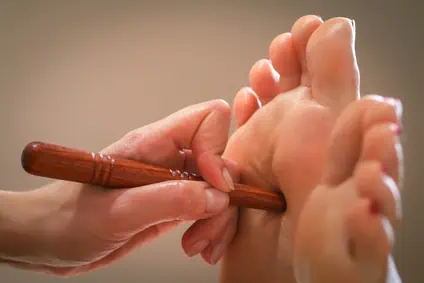
A Marma massage focuses on marma points throughout the client’s body, mind, and emotions. Marma points are, “anatomical locations in your body where a concentration of life energy exists.” By combining essential oils and a light, circular touch, the massage therapist stimulates these energy points. Marma massage is beneficial for:
- awakening the body’s inner healing
- stimulating life force energy, prana
- relieving stiff muscles
- boosting circulation
Pizichilli (pitzi-chilli)
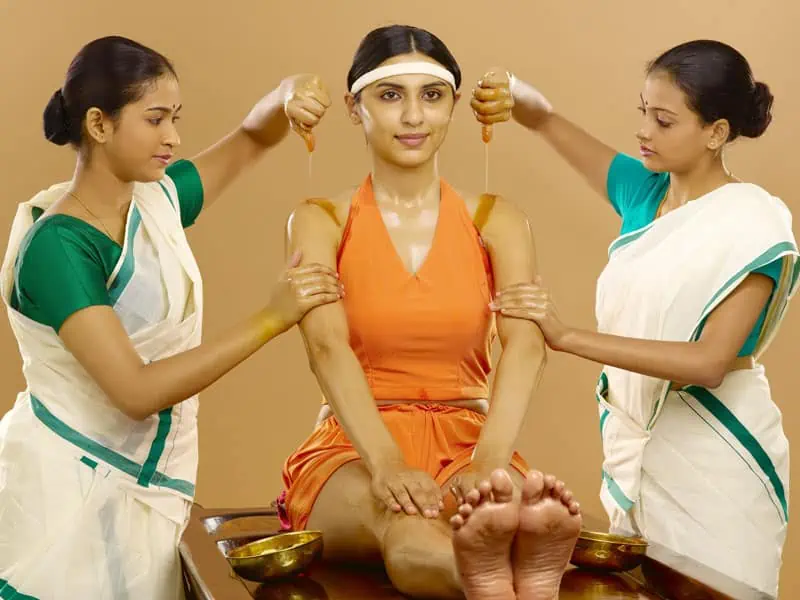
This type of massage heavily incorporates oil. It is also referred to as an “oil bath.” Two massage therapists work together to provide physical strokes while also continuously spreading warm herbal oil all over the body. Pizichilli is beneficial for:
- nourishing and warming the body
- enhancing circulation
- eliminating toxins
- purifying the body
Shirodhara (shiro-dar-a)
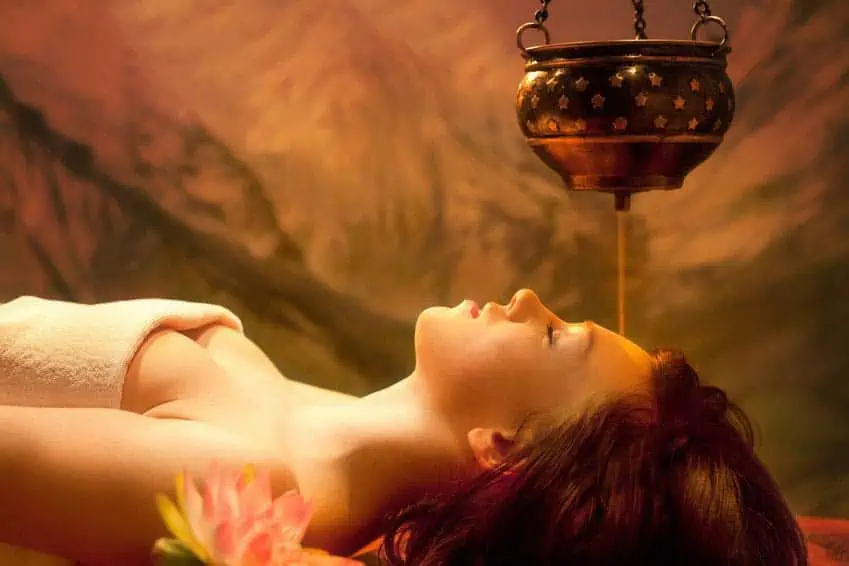
This meditative and tranquil treatment focuses solely on the area of the forehead where the third eye is located. This chakra center is connected to your intuition and inner voice. During a Shirodhara treatment, warm dosha-specific oils are gently poured onto the energetic center between the eyebrows. Shirodhara is beneficial for:
- calming the nervous system
- integrating the mind and body
- cultivating a sense of restful awareness
Vishesh (vi-shesh)
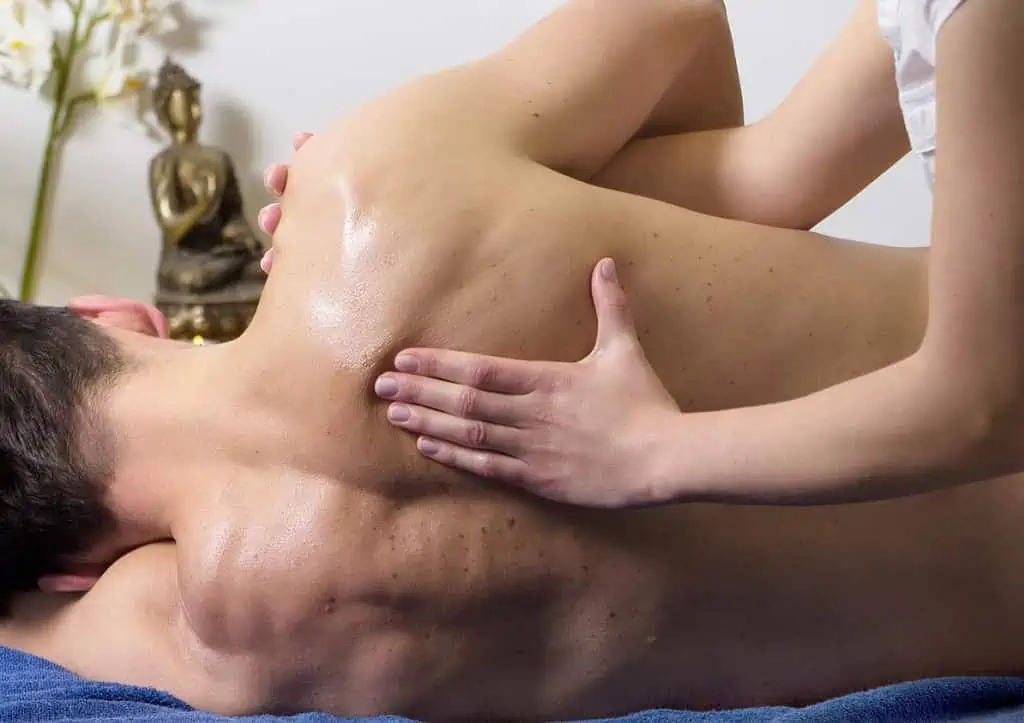
Unlike most other ayurvedic massage treatments, Vishesh uses little oil and instead focuses on firm and rhythmic strokes. The lack of oil allows for more friction on the skin which leads to deeper access to the underlying tissue. Vishesh is beneficial for:
- elongating contracted muscles
- breaking up adhesions
- releasing deep impurities
- lightening, loosening, and relaxing the body
Garshana
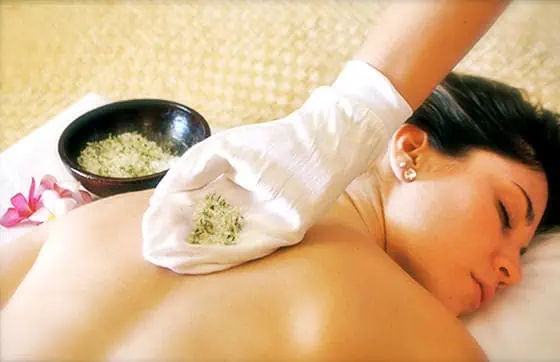
Garshana is a traditional dry massage technique that can be done at home or with a professional. To perform garshana on yourself, simply use a dry brush or soft sponge to massage your body in a circular motion, starting at the feet and working upward. Avoid your face, chest, and heart. Finish the garshana with a shower to remove the dead skin and impurities loosened by the brush. Garshana is beneficial for:
- refreshing and stimulating the skin
- stimulating the lymphatic system
- enhancing blood circulation
- releasing accumulated toxins
- creating supple and glowing skin
Odyssey Ayurvedic Massage Treatment
Incorporating five Ayurvedic techniques, the Odyssey treatment benefits your entire being mentally, physically, and energetically. It can be performed by one or two massage therapists. It begins with Garshana, to stimulate the lymphatic system, initiate detoxification, and prepare your skin to absorb the essential oils. Next, the massage therapist performs Abhyanga by covering your body with oil, toxins begin to loosen and dislodge. Third, Vishesh promotes relaxation and gets deep into the physical body. After that the therapist performs a marma massage to target the energy centers and balance the chakras.
What Are the Benefits of Ayurvedic Massage?
Unlike western medicine, Ayurvedic medicine is a holistic healing system that incorporates daily lifestyle as a prevention to illness and injury. Ayurvedic massages are part of this preventative system. The overall benefits of Ayurvedic massage therapy include:
- Releasing emotional blockages
- Clearing energetic channels
- Promoting awareness of body
- Cultivating deep relaxation
- Eliminating toxins
- Boosting immunity
- Alleviating symptoms of chronic illness and injury
- Improving circulation
- Increasing vitality
- Maintaining good health
- Balancing doshas
- Reducing stress and tension
- Uniting the mind and body
Doshas and Ayurvedic Massage
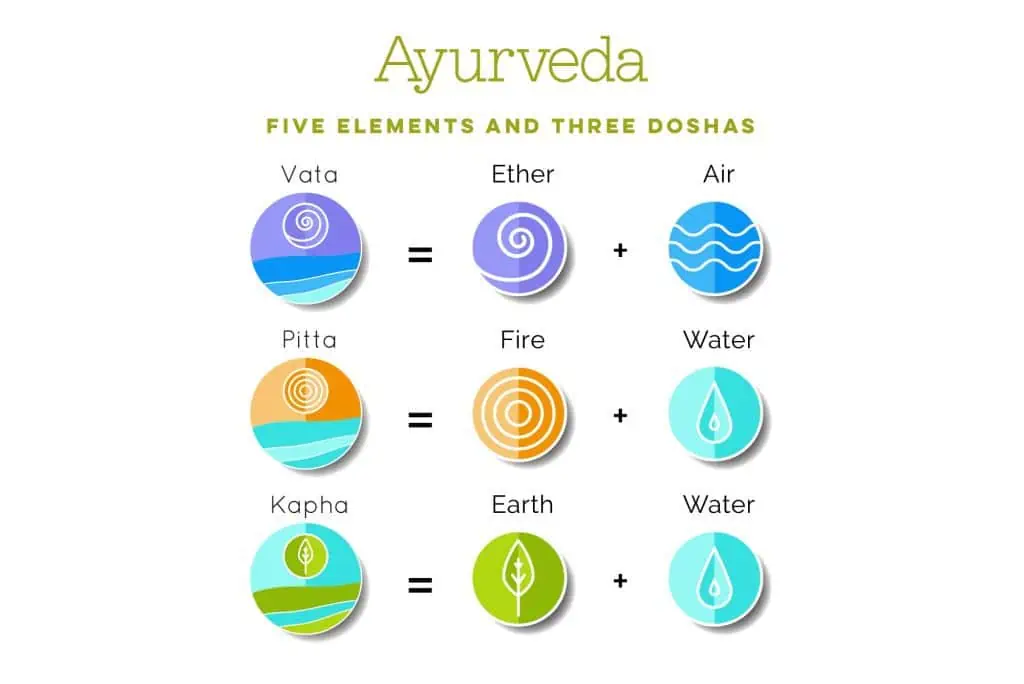
Doshas are a central aspect of Ayurvedic medicine. Each person is born with a mixture of each dosha present, however, for most people, one dosha is dominant. The doshas are based on the five elements- space, air, fire, water, and earth.
Vatas are primarily air and space. Pittas are fire and water. Kaphas are water and earth.
Knowing your dosha is the first step in your Ayurvedic journey because most tools, techniques, and practices are dosha-specific. You can take this quiz to find out your dominant dosha. Imbalances are treated using opposites by counteracting your dominant dosha, or the dosha that is in excess.
Below is a more detailed description of each dosha, and how to use ayurvedic massages to benefit each one.
Kapha
Kapha types have sturdy physical bodies, and strong digestions, and tend to live a calm and slow life. However, an excess of Kapha leads to lethargy, weight gain, apathy, and depression. As with any dosha imbalance, it is simply too much of a good thing. When Kaphas are imbalanced, or when pittas or vatas have an excess of kapha, they can develop allergies and digestive and respiratory issues. An unfamiliar sense of stubbornness and resistance to change may emerge.
Vishesh massage is beneficial for imbalanced or excess kapha dues to its stimulating effects. The deep tissue stimulation can fight lethargy and alleviate apathy and depression, giving new life to the body and mind.
Pitta
Pitta types have medium-sized physical bodies and they tend to be energetic and friendly. They have strong digestion and a powerful mind. When imbalanced or in excess, though, pittas lack focus and can suffer from ulcers, constant thirst, irritability, fever, and inflammation.
The Abhyanga and Odyssey massage therapies can alleviate symptoms of an imbalanced pitta. These techniques remove toxins and calm the nervous system- therefore combatting the overarching struggles of inflammation and irritability.
Vata
Vata types have small and agile physical bodies. They are extremely energetic and always on the go. They are lively and enthusiastic. Imbalanced or excess vata results in fatigue, weight loss, constipation, hypertension, arthritis, weakness, and digestion issues.
Shirodhara, Odyssey, and Marma massages help balance excess Vata. These therapies relax and invigorate the body and calm the nervous system.
Other Tips for Incorporating Ayurveda into Your Life
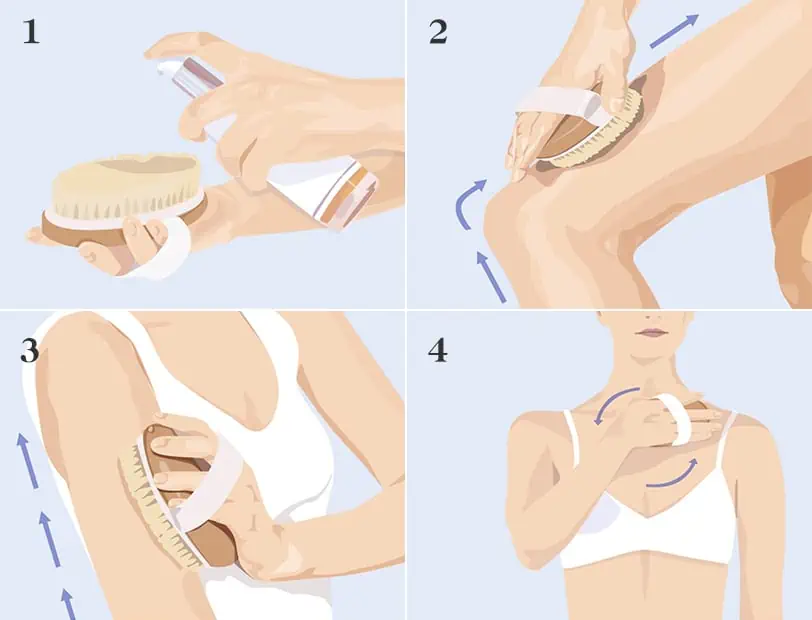
Massages are definitely a luxury for most people. If you would like to experience all of the benefits of ayurvedic massage, but don’t have the budget for it right now, don’t worry. There are plenty of ways to incorporate Ayurveda into your daily life that are free or low-cost! These most traditional Ayurvedic treatments and recommendations come from The Ayurvedic Self-Care Handbook.
- Wake up between 5-7 am.
- Meditate.
- Start tongue scraping.
- Drink warm water.
- Dry-brush your body.
- Practice self-massage with oil.
- Eat breakfast by 9 a.m.
- Drink water slowly throughout the day.
- Follow and Ayurvedic diet.
FAQs
What should I expect at my Ayurvedic massage?
You will not choose your massage, your medical records might be requested, lots of oil will be used, everything will be tailored to your dosha, you will need to shower after.
How is Ayurvedic massage different from other massages?
It incorporates lots of oil, and non-traditional strokes. It focuses on the mind, body, and spirit.


